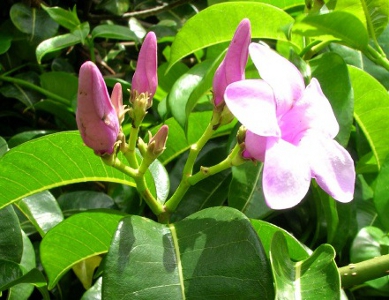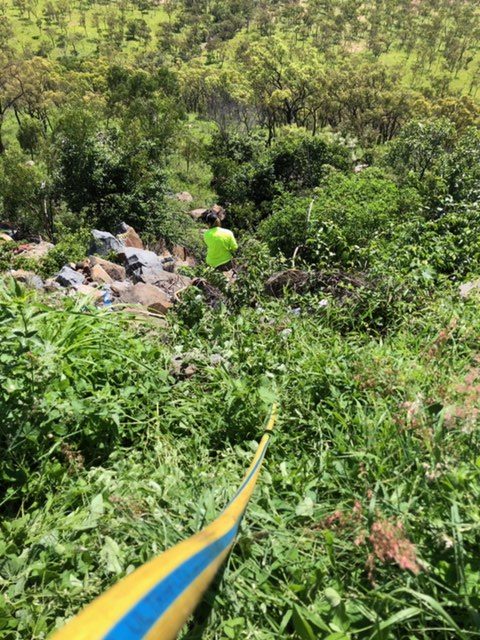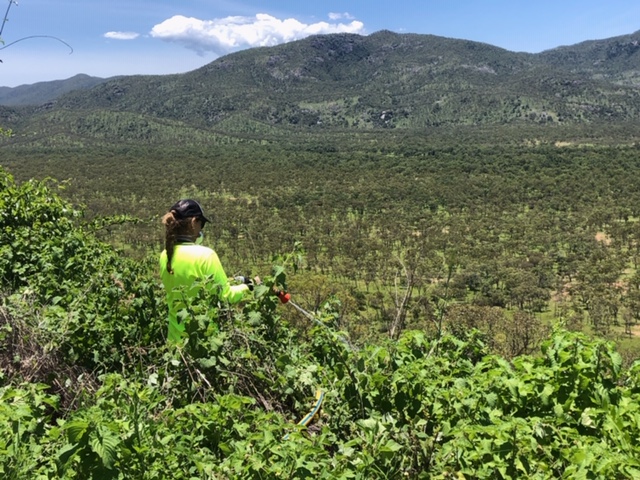I recently had a question posed to me – “If we accept foreign people into the country in every State, why is it a problem letting foreign plants in?”

I found this question really surprising at first…..then it occurred to me that perhaps the extent of our weed problem and the importance of protecting Australia may be unnoticed.
Weeds or invasive plants are arguably one of our biggest threats to our ecosystems and biodiversity, and also to farming. Prohibiting the introductionof plants and the effort that goes into prevention of spread and eradication of weeds is an annual multi-billion-dollar effort.
Take Rubbervine (Cryptostegia grandiflora) for a North Qld and Cape York example. Introduced in 1875 from Madagascar as an ornamental plant for mining camps due to its adaptation to harsh conditions, lush foliage and pretty flowers, it is now a Weed of National Significance (DAF, 2019). Considered one of the worst weeds in the country it is toxic to cattle, takes over our riparian vegetation along our river systems, and degrades important habitat needed for wildlife survival.

This infestation being managed by Firecraft is on the Desailly Range south of the road to Cooktown. The Rubbervine is estimated at 25m high in places, blanketing and killing native trees and shrubs, and creeping its way rapidly up to the road.
